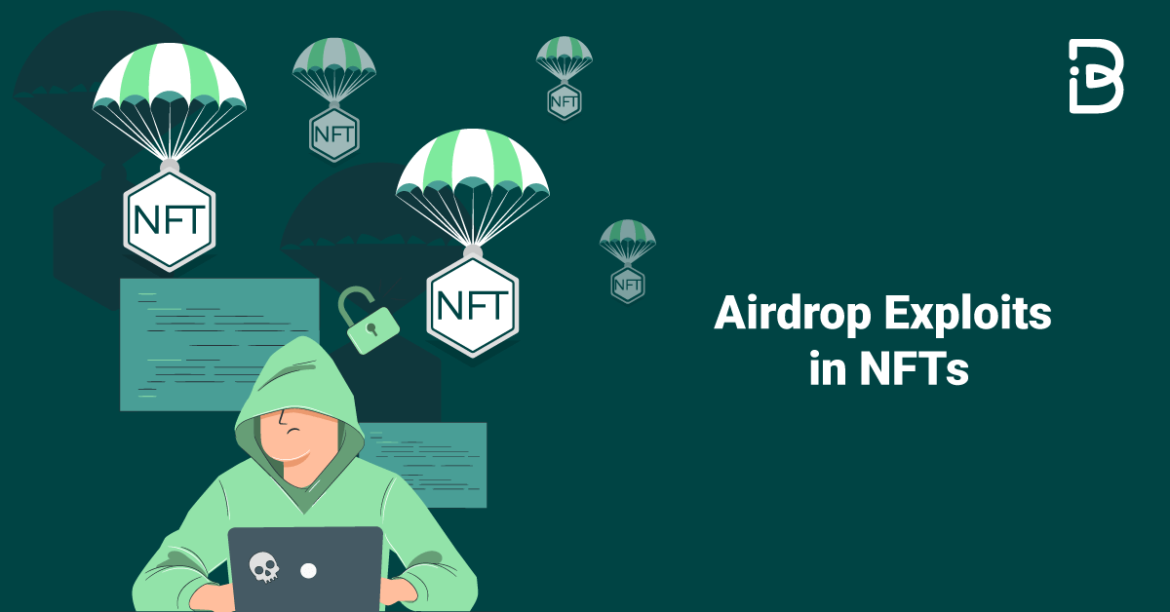Introduction
Table of Contents
Airdrops, a mechanism to reward community members with tokens or NFTs, have become a popular strategy for NFT projects to sustain engagement. However, the process is not without vulnerabilities. Exploiters can manipulate airdrops to claim undue rewards or even compromise user wallets.
The Airdrop Mechanism
NFT projects often use a “snapshot” to record ownership of tokens or NFTs at a specific time. Based on this snapshot, airdrops are distributed, often on a “tokens-per-NFT” basis.
The Exploit
Researchers and victims have reported incidents where malicious airdrops led to significant financial losses. The exploit process is as follows:
Initial Setup: A hacker crafts a malicious NFT designed to exploit vulnerabilities in platforms like OpenSea.
Delivery: The hacker sends this malicious NFT as an airdrop to potential victims.
Interaction: When a victim views or interacts with the malicious NFT, a pop-up appears, originating from the platform’s storage domain (e.g., OpenSea). This pop-up requests a connection to the victim’s cryptocurrency wallet.
Compromise: If the victim approves the connection, the hacker gains access to the victim’s wallet. An additional pop-up can then be triggered by the hacker to facilitate the transfer of funds.
If the victim does not notice the malicious nature of the transaction described in the pop-up and approves it, their funds are stolen.
Real-World Impact
Many users have reported losses amounting to hundreds of thousands of dollars after interacting with these malicious airdrops on platforms like OpenSea.
Mitigation
OpenSea, upon being informed of the vulnerability, took measures to rectify it. They emphasized that users should be cautious and always review requests to sign any wallet. If there’s any doubt, users should reject the request and investigate further.
Conclusion and Recommendations:
As the NFT space continues to grow, so does its attractiveness to malicious actors. It’s crucial for platforms and users alike to prioritize security.
Users should be educated about potential threats and be cautious when interacting with airdrops or any other unsolicited assets.
Platforms, on the other hand, should continuously monitor for vulnerabilities and work closely with the cybersecurity community to ensure the safety of their users.

